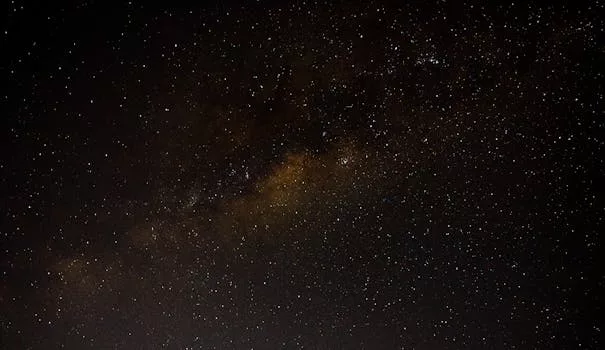
“
Introduction to Beyond the Milky Way: Imagining New Worlds and Possibilities
Beyond the Milky Way: Imagining New Worlds and Possibilities, our universe is home to billions of galaxies, each containing billions of stars and potential planets. The discovery of exoplanets has opened up new avenues for space exploration and the search for life beyond our planet. As we continue to explore and understand the vast expanse of space, we are forced to consider the possibilities of new worlds and civilizations beyond our own.
Understanding the Milky Way Galaxy
The Milky Way is just one of the billions of galaxies in the observable universe. It is a barred spiral galaxy, consisting of hundreds of billions of stars, as well as various types of interstellar gas and dust. The Milky Way is thought to have formed around 13.6 billion years ago, during the early days of the universe, and has been evolving ever since. Our solar system is located in one of the outer arms of the galaxy, and is just one of the billions of star systems that make up the Milky Way.
Exploring Beyond the Milky Way
As we look beyond the Milky Way, we find a vast array of galaxies, each with its own unique characteristics and features. Some galaxies are similar to our own, while others are very different, with different shapes, sizes, and compositions. The most distant galaxies we can see are those that existed in the early universe, and by studying these galaxies, we can gain insights into the formation and evolution of the universe as a whole. For more on this topic, check out Galaxies of Dreams.
Discovering New Worlds and Possibilities
The discovery of exoplanets has opened up new avenues for space exploration and the search for life beyond our planet. With thousands of exoplanets discovered so far, we are beginning to understand the diversity of planetary systems beyond our own. From rocky planets like Earth to gas giants like Jupiter, the possibilities for life and habitability are endless. As we continue to explore and understand the vast expanse of space, we are forced to consider the possibilities of new worlds and civilizations beyond our own. For a deeper dive into this subject, read Stargazing and Storytelling.
Takeaways and Conclusion
In conclusion, the exploration of space beyond the Milky Way is a complex and ongoing process. As we continue to explore and understand the vast expanse of space, we are forced to consider the possibilities of new worlds and civilizations beyond our own. The discovery of exoplanets has opened up new avenues for space exploration and the search for life beyond our planet. The search for life beyond our planet is an exciting and ongoing area of research, with new discoveries and advances in technology helping us to better understand the universe and our place within it. For more insights, you can explore Soaring Through the Cosmos.
Some key takeaways from this article include:
- The Milky Way is just one of the billions of galaxies in the observable universe.
- The discovery of exoplanets has opened up new avenues for space exploration and the search for life beyond our planet.
- The search for life beyond our planet is an exciting and ongoing area of research, with new discoveries and advances in technology helping us to better understand the universe and our place within it.






